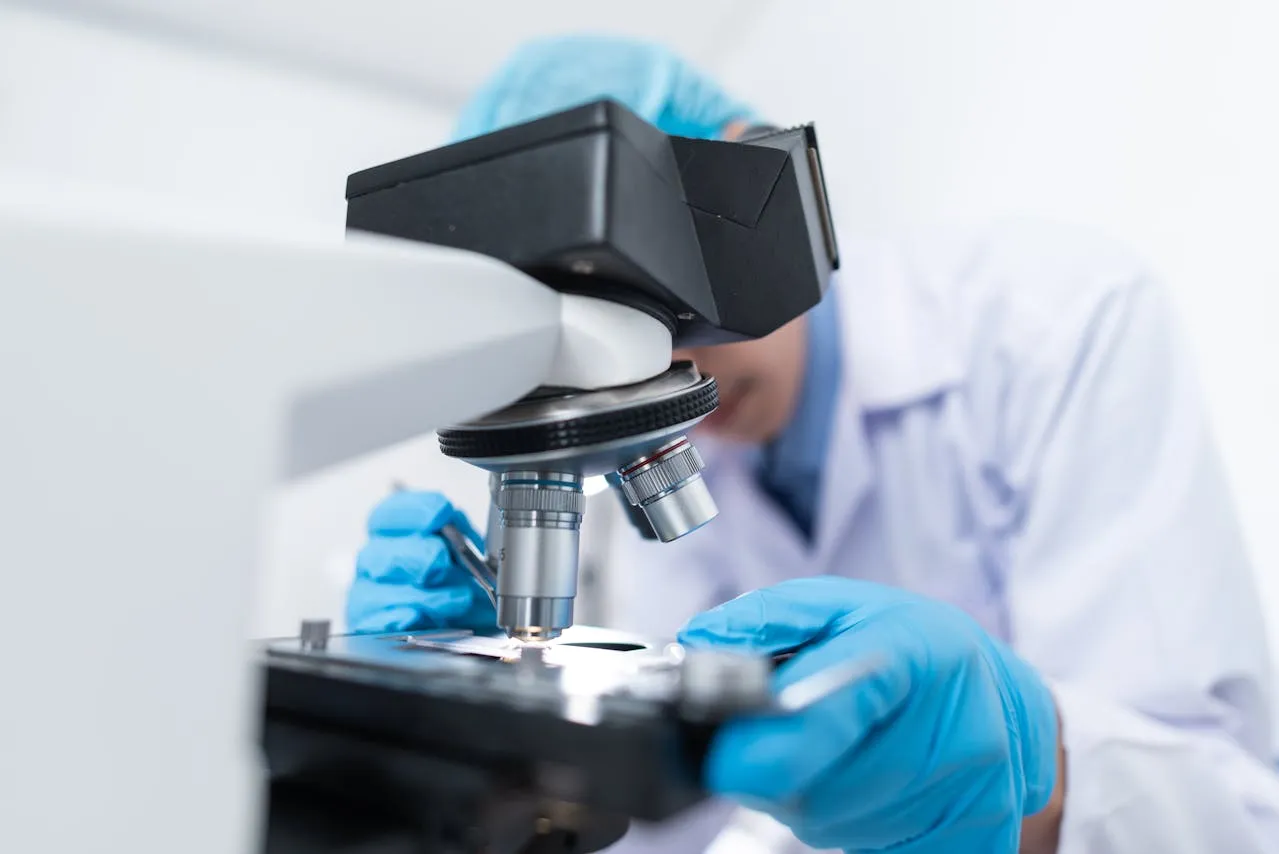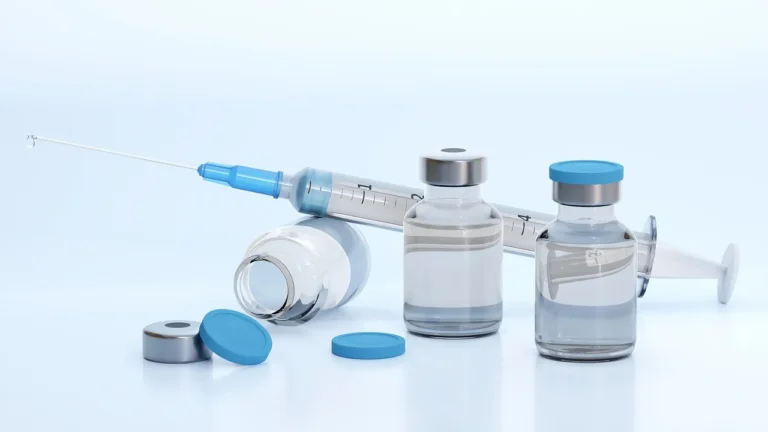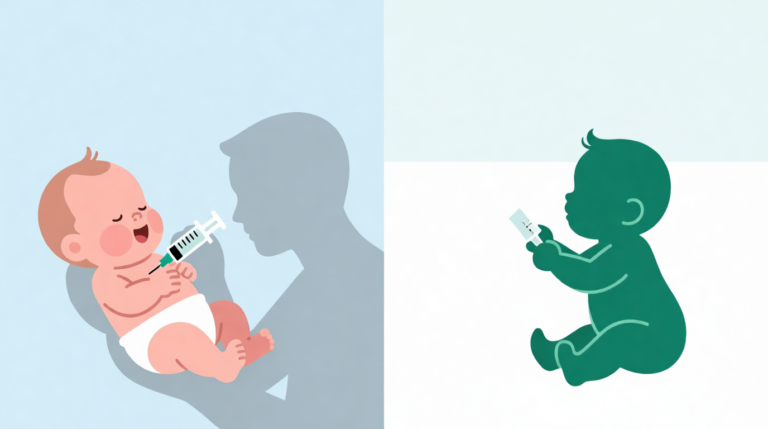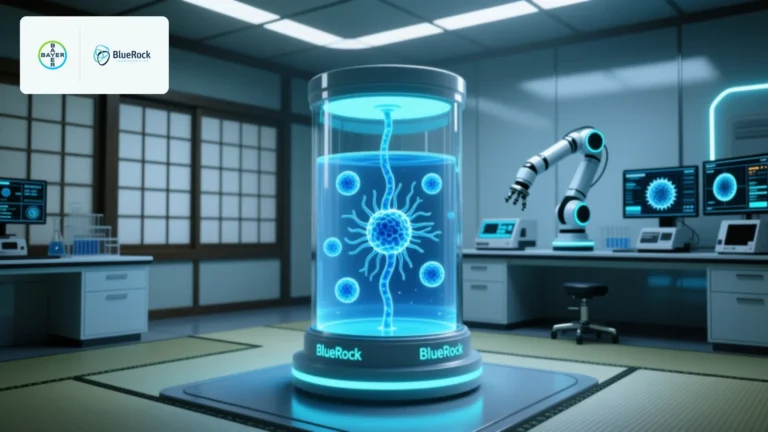
CRISPR Breakthrough in a Single Infant Sheds Light on the Urgent Crisis Facing Millions with Ultra-Rare Diseases
A groundbreaking success story involving a custom-made CRISPR gene-editing therapy has given new hope to the families of children diagnosed with ultra-rare diseases—but it also underscores the enormous gaps in the current healthcare system, particularly when it comes to pediatric rare disease treatment. While the scientific achievement in one case is cause for celebration, advocates are calling attention to the millions of children left behind.
Late last week, the world was introduced to a remarkable story: a nine-month-old baby, known publicly as KJ, suffering from an extremely rare genetic disorder called CPS1 deficiency, appears to have been successfully treated with a one-time CRISPR therapy designed uniquely for him. CPS1 deficiency is a devastating metabolic condition that prevents the body from properly processing ammonia. Without intervention, it leads to irreversible brain damage or even death. In KJ’s case, his treatment may have saved his life.
But as extraordinary as this moment is, it serves as a stark reminder of the grim reality faced by most families grappling with ultra-rare or “n of 1” diseases—those that affect only a handful of people worldwide. According to experts, the vast majority of the estimated 15 million children in the United States living with rare diseases have no FDA-approved treatments available to them. In fact, for the most-rare conditions, many don’t even have a research pipeline underway. This lack of development is not due to scientific limitations but rather because traditional pharmaceutical economics do not support investment in such small populations.
A Life-Saving Effort Assembled Through Collaboration and Compassion
KJ’s successful treatment was made possible by an extraordinary collaboration of academic institutions, philanthropic organizations, and biotech companies across North America. The therapy was administered at the Children’s Hospital of Philadelphia (CHOP), one of the nation’s premier pediatric medical centers. However, the CRISPR-based therapeutic itself was assembled through a distributed network of entities working pro bono or at significantly reduced rates.
The components of the therapy were sourced from several leading companies: guide RNA was supplied by Integrated DNA Technologies in Iowa, the nanoparticles required for delivery came from Acuitas Therapeutics in Vancouver, and the CRISPR system was manufactured by Aldevron at its facility in North Dakota. These materials were then flown to CHOP, where physicians and scientists tailored the treatment for KJ.
Unlike traditional biopharmaceutical treatments that move through years of preclinical research, clinical trials, and commercial scale-up, KJ’s therapy was developed on a one-time, individualized basis. This was not part of a broader company pipeline or long-term investment plan. It was a singular, altruistic mission.
The Economics of Rare Disease Drug Development
Mark Veich, CEO of the Advancium Health Network—a public charity working to bridge gaps in healthcare innovation, especially in medtech and rare diseases—calls this situation a “public health emergency.” Veich highlights the fact that one-third of children born with rare diseases will not live to see their fifth birthday. And while rare diseases are legally defined in the U.S. as affecting fewer than 200,000 individuals, many conditions—like CPS1 deficiency—are far less prevalent, occurring in just a handful of births annually.
“There is virtually no economic incentive for pharma companies to pursue these ultra-rare or ‘n of 1’ therapies,” Veich told BioSpace. “Generally speaking, pharma tends to stay away from these very low prevalence diseases. It’s not because the science isn’t compelling—it’s because the return on investment doesn’t exist.”
Large biopharma companies, as well as smaller biotechs like BioMarin, Day One Biopharmaceuticals, and BridgeBio, do conduct research and development in the rare disease space. However, Veich points out that even their target indications—often involving several hundred or even thousands of patients—are significantly more common than the “nanorare” disorders afflicting children like KJ. In these ultra-rare cases, there is little to no market, making it nearly impossible to attract traditional investment.
The Role of Philanthropy and Parental Advocacy
In the absence of commercial interest, the burden of drug development for nanorare conditions frequently falls on the shoulders of the patients’ families. Parents often turn to philanthropy or crowdfunding to finance the design, testing, and administration of individualized gene therapies.
“Parents put their own money into it. They rally communities, raise funds, build partnerships. In many cases, they drive the entire process forward,” Veich explained.
This grassroots-driven model, while inspiring, is deeply unsustainable and inequitable. Only a small subset of families—those with the means, connections, or public support—can marshal the resources necessary to pursue individualized treatments. For the vast majority, the path ends in heartbreak and helplessness.
A Broken Continuum: From Research to Reality
According to Veich, the gap between early-stage scientific discovery and clinical application is one of the most critical choke points in rare disease treatment. “There’s lots of investment in preclinical research—academic labs, translational science. But then what?” he asks.
Often, pharmaceutical companies will deprioritize promising assets not because the science is flawed, but because the economics don’t justify moving forward. Veich estimates that 95% of deprioritizations happen for financial reasons. This leaves a vacuum at one of the most important points in the drug development continuum—taking potential therapies from the lab to patients.
“That’s the part where we need to build infrastructure, funding mechanisms, and public-private partnerships,” Veich said. “We need a system that recognizes these therapies may only help a few people—but that saving those lives still matters.”
Regulatory Hope on the Horizon?
Despite the daunting landscape, there are signs of progress. CRISPR and other gene-editing platforms are becoming more accurate, efficient, and scalable. This could eventually lower the cost and time associated with producing customized therapies.
Regulators are also beginning to take notice. FDA Commissioner Marty Makary recently proposed a new regulatory mechanism aimed at facilitating faster access to therapies for rare diseases. While details are still emerging, the framework could potentially allow treatments to be approved on a conditional basis, provided they demonstrate a scientifically plausible mechanism of action—even in the absence of traditional, large-scale placebo-controlled trials.
Such a move could revolutionize the approval process for rare disease treatments, especially those with limited patient populations. Veich is optimistic that KJ’s story might help catalyze change.
“I think n of 1, 2, up to a 1,000 is ignored by a lot of people,” said Veich. “But not by parents. Not by the communities that rally around these children.”
For Veich and others in the rare disease advocacy space, the success of KJ’s treatment is not just a scientific milestone—it’s a rallying cry. It shows what is possible when expertise, compassion, and innovation come together with a shared mission. But it also makes clear how much work remains to be done to ensure that this kind of success becomes the rule—not the exception—for children with rare diseases.
“This CPS1 news just lets people know that with the right people, the right experts, the right partnerships, the right group of committed and like-minded people, these things can happen,” he said. “But now we need to make it possible for every child.”




